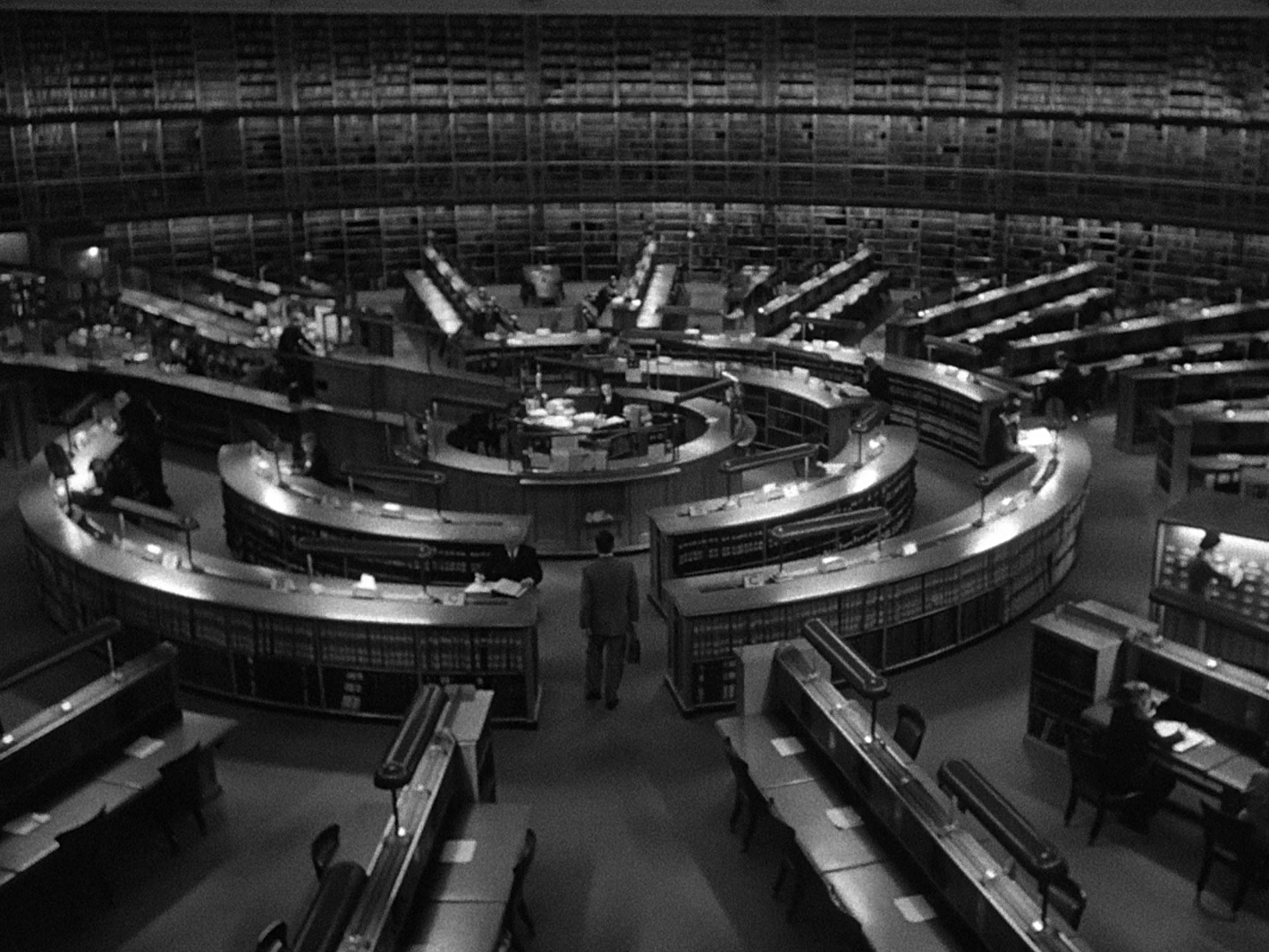
“I’m a scientist also, Dr. Holden. I know the value of the cold light of reason but I also know the deep shadows that light can cast, the shadows that can blind men to truth.”
Professor Mark O’Brien1
“The real horror is to show that we all live unconsciously in fear. Many people suffer today from a fear that they don’t begin to analyze and which is constant. When the audience is in the dark and recognizes its own insecurity in that of the characters of the film, then you can show unbelievable situations and be sure that the audience will follow. For another thing, people love to be afraid. It’s strange, when we’re children, we say to our nurse or to our parents: ‘Frighten us,’ and we love that. These fears stay in us all of our life: we’re afraid of thunder, we’re afraid of darkness, of the unknown, of death. The horror film, if it’s well done, awakens in the mind of the audience this fear that it didn’t know it had in it, and this discovery makes it shiver.”
Jacques Tourneur2
Chris Fujiwara: You’re a big fan of Dana Andrews?
Pedro Costa: Especially Night of the Demon. Well, of course, he’s a bit more alive in the Preminger films, but…
Night of the Demon really seems to be about Andrews more than a lot of his films, about somebody who is marked, who is doomed. Somebody who drinks; he’s always drinking in that film. Somebody who’s trying to deny something. Tourneur’s characters are always in some kind of contradiction, they’re trying to deny who they are. Dana Andrews in Night of the Demon is one of these people. All through the film he’s denying something that the whole audience knows is true, and it’s something inside him. One of the things that’s special about Tourneur is the acting. It’s a strange kind of acting, because you don’t know how much he was responsible, how much he directed people to do this. Somebody like Dana Andrews is carrying someone inside him that he’s trying to deny.
You’re saying, something physical, that you can see.
Yes.
Bodies.
Yes.
Chris Fujiwara and Pedro Costa3
“Thus, it's very simple. It's scientific, even: for Bresson and Tourneur, evil is between people, between two people. It's in society because two people are already society, and this society is called Capitalist society, because evil appears when God becomes an image. So we go from one film to the other, Bresson gives us an image of God as money, this little paper passes to Tourneur's film, and he shows us the Devil, because it's a horror film, but it's exactly the same thing. We are all God and Devil, and he's in our wallets.
All of this is to say that we can use the cinema to represent things in two very different ways. In Hollywood, we can make highly fictional, adventurous stories that say exactly the same thing that Bresson says without the same artifice, without needing to use effects. Yet, we can equally love Bresson and Tourneur, even if they stand for two totally different ways of representing the world. We can love them because there's a kind of work, a professionalism that is exactly the same. This work to suggest, to hide, to show when it is necessary, to speed up, slow down, explode, implode – that's our profession. That's montage, for example.”
Pedro Costa4
« Que Tourneur soit par excellence l’un des cinéastes de la fascination, c'est-à-dire de la croyance et de ses avatars, cela est visible à l’œil nu : cadres, regards, distances, éclairages, jeu mesuré des acteurs saisis comme des figures, ellipses et durées. Qu’il en ait fait la « théorie » dans la plus fictive et l’une des dernières de ses histoires destinées au grand écran (Night of the Demon, 1957) permet de mesurer à quel point on a pu réfléchir le pouvoir du cinéma. Pour un cinéaste enclin comme lui à l’abstraction, le fantastique est un terrain privilégié puisque les éléments spectaculaires de l’intrigue servent d’autant mieux à présenter ce spectacle en lui-même fantastique qu’est le cinéma. La situation d’ensemble du film est à cet égard intéressante. Le héros atterrit à Londres, en provenance des États-Unis. À travers un film situé mais aussi tourné et produit en Angleterre par un metteur en scène français devenu un rouage de la machine hollywoodienne, le cinéma américain s’observe encore plus nettement, d’un regard intérieur, extralucide. Le pouvoir dont il nous parle apparaît aujourd’hui comme déjà ancien ; il culmine ici dans ce qui pourrait être une des dernières nuits où le cinéma a vraiment fait semblant de croire à son démon. Je voudrais simplement montrer, en racontant (brièvement) le film, comment se modèle cette croyance, comment se construit la fascination. »
Raymond Bellour5
- 1Professor Mark O’Brien, played by Liam Redmond in Night of the Demon (Jacques Tourneur, 1957).
- 2Chris Fujiwara, Jacques Tourneur: The Cinema of Nightfall, (Jefferson: McFarland & Company, 1998) 248.
- 3Pedro Costa and Chris Fujiwara, “Pedro Costa and Chris Fujiwara: Conversation about Jacques Tourneur,” La furia umana, 2010.
- 4Pedro Costa, “A closed door that leaves us guessing,” Rouge, 2005.
- 5Raymond Bellour, « Croire au cinéma, » Pensées du cinéma, (Paris: P.O.L éditeur, 2016) 29.

